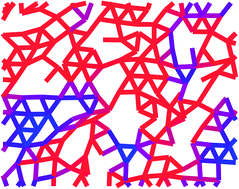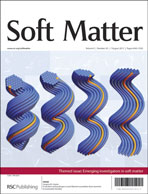We study the dynamical rheology of spring networks with a percolation model constructed by bond dilution in a two-dimensional triangular lattice. Hydrodynamic interactions are implemented by a Stokesian viscous coupling between the network nodes and a uniformly deforming liquid. Our simulations show that in a critical connectivity regime, these systems display weak power law rheology in which the complex shear modulus scales with frequency as G* ∼ (iω)Δ where Δ = 0.41, in discord with a mean field prediction of Δ = 1/2. The weak power law rheology in the critical regime can be understood from a simple scaling relation between the macroscopic rheology and the nonaffine strain fluctuations, which diverge with vanishing frequency for isostatic networks. We expand on a dynamic effective medium theory, showing that it quantitatively describes the rheology of a diluted triangular lattice far from isostaticity; although the EMT correctly predicts the scaling form for the rheology of near-isostatic networks, there remains a quantitative disparity due to the mean-field nature of the EMT. Surprisingly, by connecting this critical scaling of the rheology with that of the strain fluctuations, we find that the dynamical behavior of disordered spring networks is fully determined by the critical exponents that govern the behavior of elastic network in the absence of viscous interactions.

You have access to this article
 Please wait while we load your content...
Something went wrong. Try again?
Please wait while we load your content...
Something went wrong. Try again?


 Please wait while we load your content...
Please wait while we load your content...